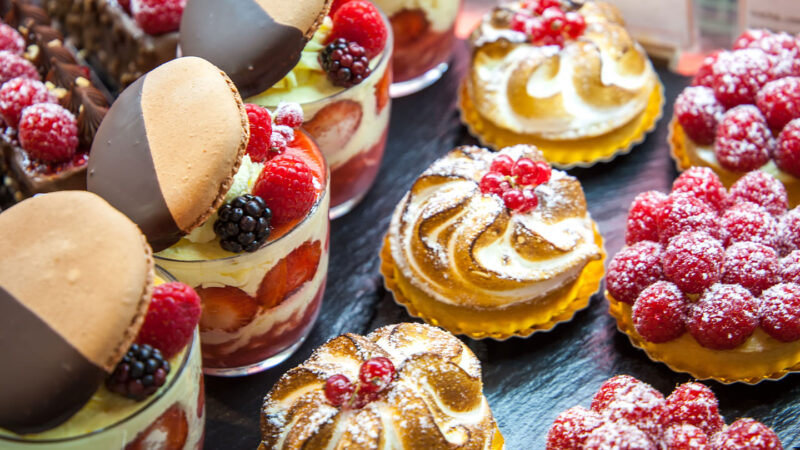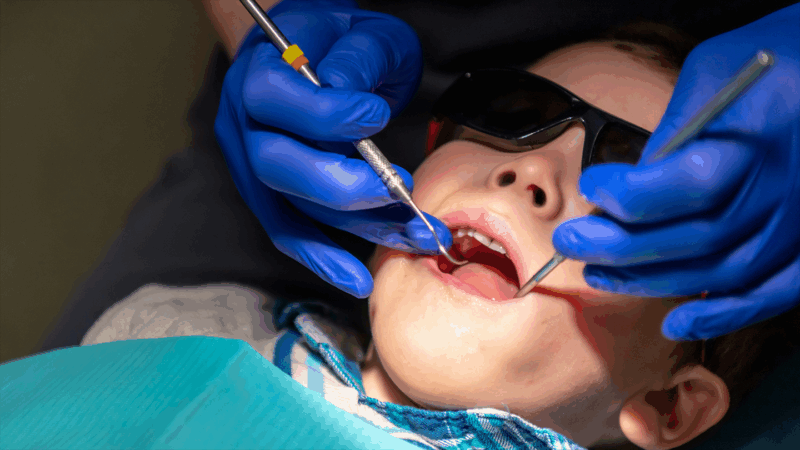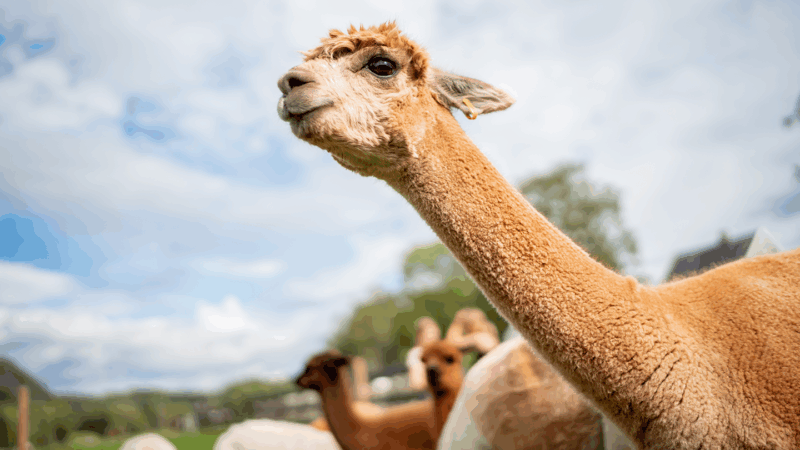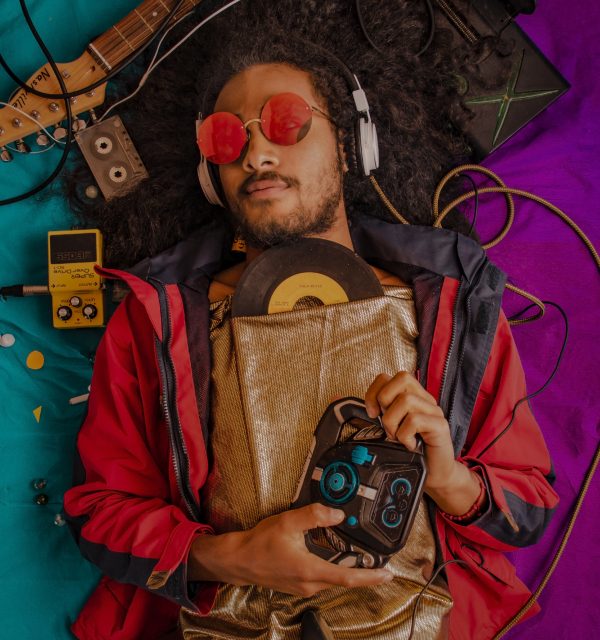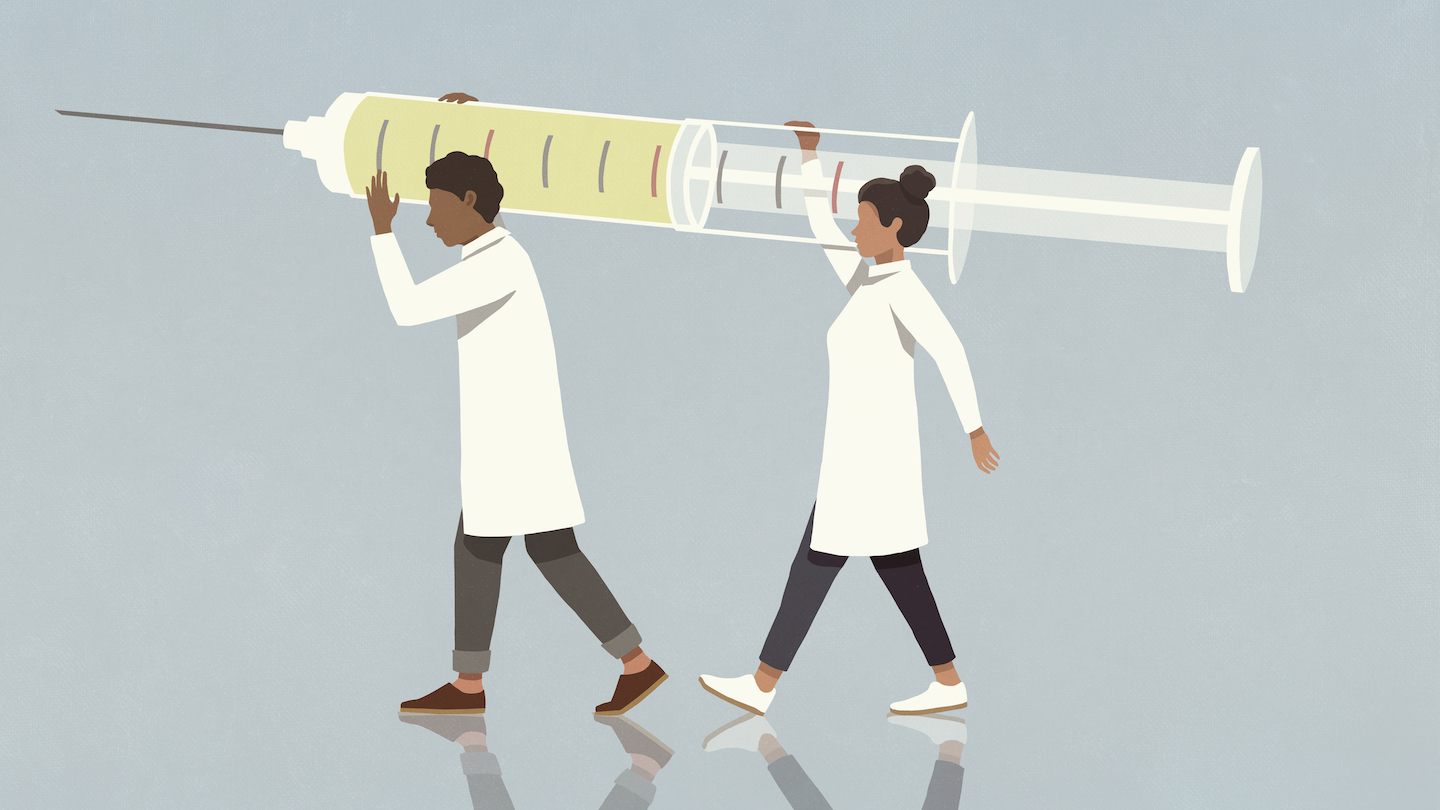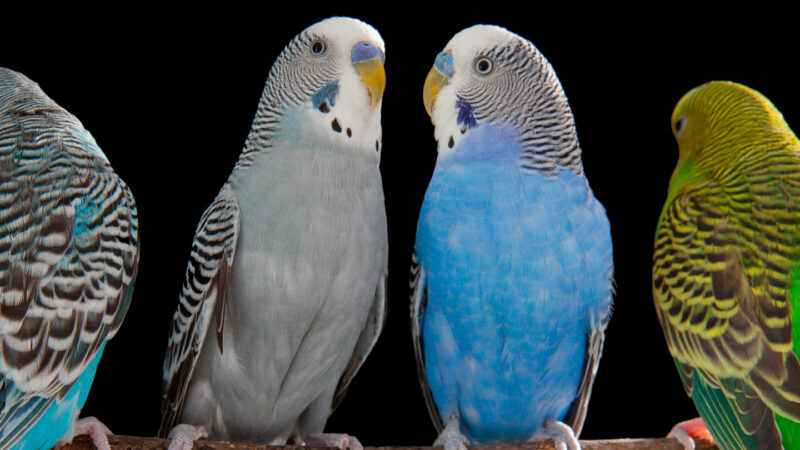Once you’re stuffed from a big meal, most foods lose their appeal. But see a sweet treat and you might be ready to make room for more. Some people joke about having a separate “dessert stomach.” Biology may explain this feeling. a new study suggests. The same brain cells that make you feel full also make you crave sugar.
Neuroscientist Marielle Minère led the new research. She works at the Max Planck Institute for Metabolism Research in Cologne, Germany. Her team shared its findings February 13 in Science.
Minère first got curious about sugar cravings while working with mice in another experiment. When the mice were full, she noticed, they wouldn’t eat more of their normal food. But they would eat sugar — as do many people after a meal.
“That really made us want to know what drives that extra sugar intake,” she recalls. So Minère’s team designed another experiment with two groups of mice.

One group could eat food all night, whenever they wanted. The others spent a night without food. This group couldn’t eat until the next morning. In the end, all mice in that group, too, were full.
In the morning, the researchers offered both groups of mice sugar. And all devoured it — even those that had just eaten. This confirmed that even when full, mice crave sugar.
Mouse munchies
Minère’s team devised a way to explore which parts of the brain might explain this.
They inserted special proteins into a few parts of the animals’ brains. These proteins glow when brain cells are active. To detect that glow, the scientists also implanted a light-recording device into each mouse’s brain.
The researchers focused on a bundle of neurons called the POMC. It sits in a part of the brain that controls hunger, known as the hypothalamus. These cells are known to make mice — and people — feel full. The team wondered if the same cells might help drive sugar cravings.
When an animal eats, POMC neurons kick off a cascade of activity. They send messages to other groups of brain cells that give a sense of feeling full. That feeling tells the animal to stop eating.
When the mice were offered sugar, though, a different pathway out of the POMC lit up. “We found that the POMC neurons, which tell us how full we are, are also quickly turned on when [mice] see signs of sugar,” says Minère.
This pathway, she believes, acts as a sugar-craving circuit. It can override the fullness circuit. The sugar-craving circuit engages a part of the brain that signals rewards and pleasure. This, the researchers think, is what makes sweets so appealing — even when we’re full.
At least, that’s the case in mouse brains. But what about in us?
Sweet neuroscience
To test if people have the same sugar-craving brain circuit they saw in mice, Minère’s team designed two experiments.
First, they looked to see if people possess the same neural links. So, they analyzed slices of human brain tissue. They looked at the same sites where they had seen this in mice. POMC neurons in people, they found, form the same paths that they do in mice.
Next, they looked to see if those pathways in us respond to sugar, too.
Our brains differ quite a bit from mouse brains. Still, these particular parts of the brain are very similar in both, notes Sabrina Diano. She’s a neuroscientist at Columbia University in New York City who did not take part in the study. The new experiments, she says, do a good job showing that the sugar-craving circuit exists in both mice and us.
Do you have a science question? We can help!
Submit your question here, and we might answer it an upcoming issue of Science News Explores
Minère believes there’s a reason brain why our brains crave sugar, even when we’re full. Our ancient ancestors evolved in a time when it was tougher to find food, she says. And sweet foods typically provide lots of quick energy.
“Imagine you had a bunch of carrots and a bit of meat and you’re completely full. But then you find beautiful fruit and a bit of honey,” says Minère. In the past, even if you didn’t want to eat more carrots or meat, you might have still wanted to eat the fruit and honey for all of the energy it holds, she says — energy you could store for later.
So, Minère says, it’s not your fault if you can’t resist the lure of a sweet treat. Blame biology.

